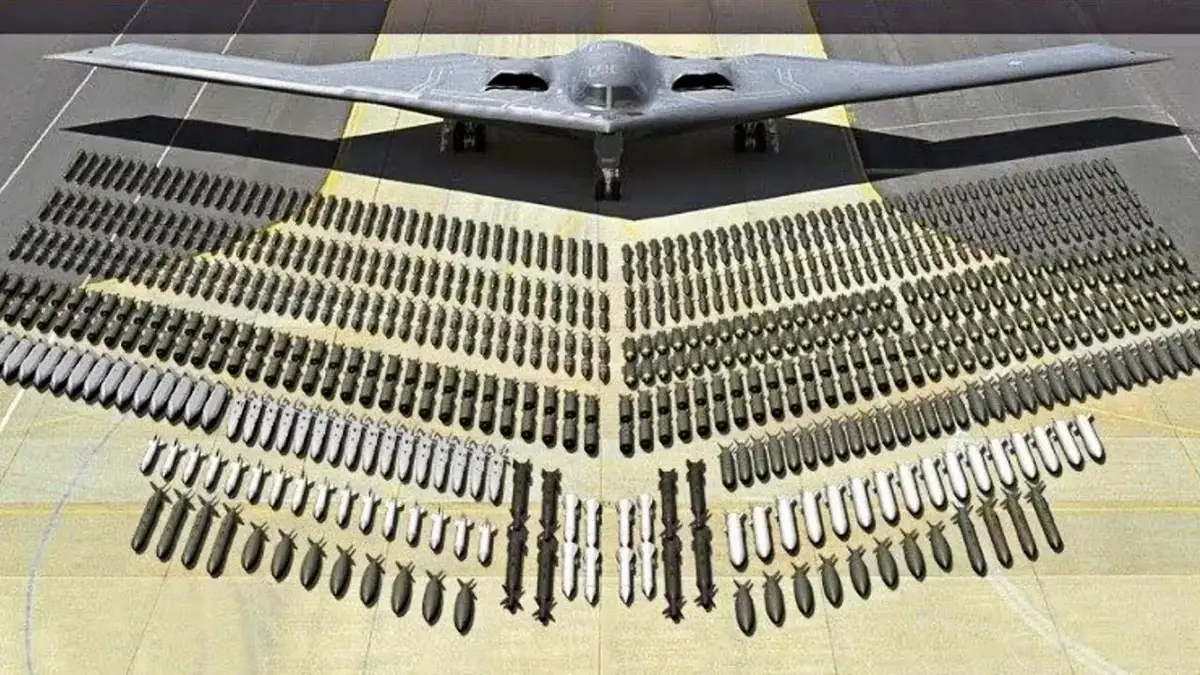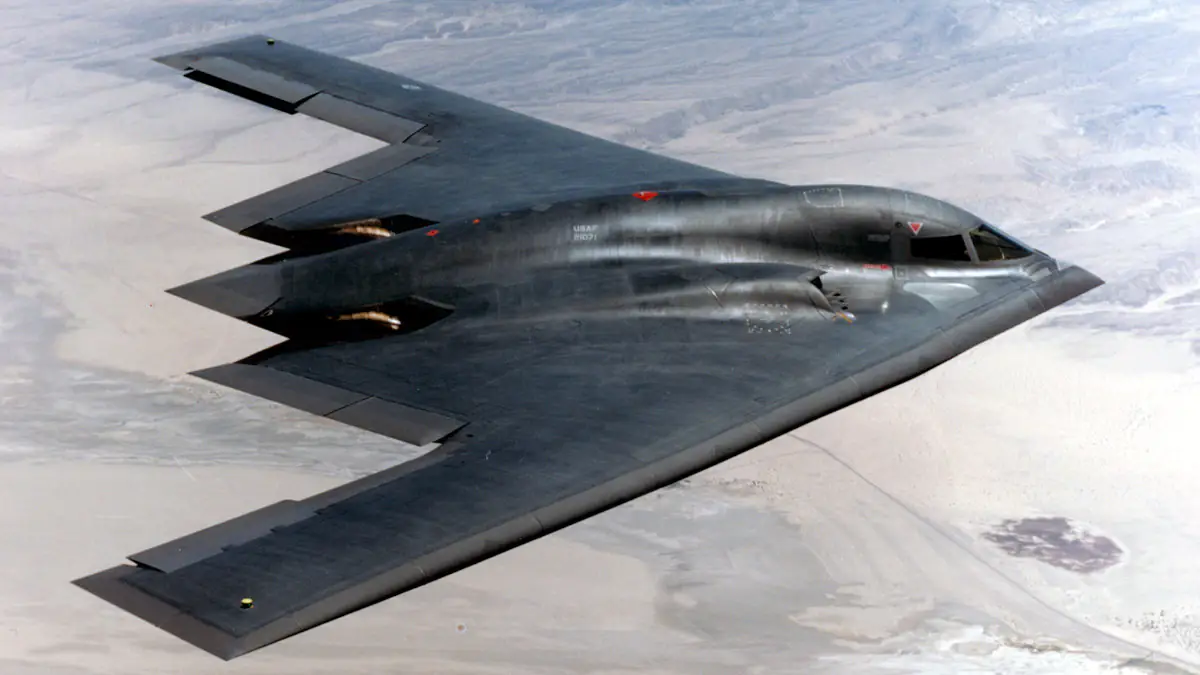Two U.S. Air Force B-2 Spirit stealth bombers landed at RAAF (Royal Australian Air Force) Base Amberley on August 16, 2024, as part of the Bomber Task Force (BTF) mission. A video released by the U.S. Air Force shows the bombers touching down on the base before being attended to by the ground crew.
TABLE OF CONTENT:
B-2 BTF mission
This marks the first B-2 BTF mission to Australia after a two-year hiatus, with the last one taking place in 2022. The two bombers, “Spirit of Arizona” (82-1067) and “Spirit of Indiana” (82-1069), are assigned to the 509th and 131st Bomb Wings from Whiteman Air Force Base, Missouri.

“With the wheels of the B-2 Spirit touching down on Australian soil, we have commenced the BTF 2024 mission and the integration of joint forces with our Australian counterparts,” announced the 509th Bomb Wing on their X channel, sharing photos of the B-2’s arrival at RAAF Base Amberley.
B-2 Spirit wheels have met pavement in Australia, launching the 2024 BTF mission and joint force integration with our Australian counterparts.
📷 SSgt. Whitney Erhart#BomberTaskForce #BTF #bomber #Assurance #readiness@AFGlobalStrike | @PACAF | @AusAirForce | @usairforce pic.twitter.com/57kiotLYge
– 509th Bomb Wing (@Whiteman_AFB) August 17, 2024
In support of the BTF mission, two KC-135R Stratotankers also arrived at the Australian base. The tankers were shown upon their arrival in front of the B-2s and later seen from a distance on the same apron as the B-2s. “The United States maintains a strong, credible bomber force that enhances the security and stability of allies and partners,” the caption to the videos reads. “BTF missions help ensure a free and open Indo-Pacific region, providing prosperity and security for all.”
Traveling to Australia
One of the B-2 aircraft (callsign CLONE11) transmitted its location over HF frequencies to stations in San Francisco while crossing the equator somewhere over Kiribati and Tonga. It’s worth noting that this frequency is civilian and can be heard by anyone.
In reality, these frequencies are used during long flights for location reporting, permission requests, and other communications with intermediate stations, which then relay the information to air traffic control. HF radio is used because VHF (Very High Frequency) stations have a limited range, and many areas, such as oceans, cannot be covered by their signals.
CLONE11 (B-2 Stealth Bomber) making a position report with SAN FRANCISCO RADIO on HF as they cross the equator this evening. 😎💪 pic.twitter.com/9gTATrI2Ic
– Thenewarea51 (@thenewarea51) August 16, 2024
In the video showing the arrival of the KC-135 Stratotankers, it is noted that they arrived on the same day as the bombers, suggesting they were likely supporting the deployment flight. The aircraft, identifiable by their tail flash and the serial number of the first (tail number 91522), are part of the Illinois Air National Guard (ANG).

“U.S. strategic bombers can operate in the Indo-Pacific region from a wide range of U.S. overseas and continental bases with significant operational flexibility,” stated PACAF (Pacific Air Forces). “This deployment supports Pacific Air Force exercises with allies, partners, and joint forces, as well as strategic deterrence missions to reinforce the rules-based international order.”
Strengthening defense cooperation with Australia
During the previous BTF mission to Australia in July 2022, two B-2s from the 509th Bomb Wing also arrived at the same RAAF base. They participated in Exercise Koolendong 22, a joint exercise focused on expeditionary forward basing conducted by U.S. military personnel and Australian Defence Force staff. The B-2s were also seen flying alongside two RAAF F-35A Lightning IIs.
The latest deployment to Australia follows diplomatic agreements between the two countries to enhance U.S. military presence in Australia. This is part of a series of measures discussed during the U.S.-Australia ministerial consultations on August 6, 2024.

“We are increasing the rotational presence of U.S. troops in Australia,” said Defense Secretary Lloyd J. “This will mean more maritime patrol and reconnaissance aircraft operating from bases in northern Australia. It will also mean more frequent rotational bomber deployments.”
Earlier this year, Reuters suggested that the Pentagon is building infrastructure in Australia for energy transmission to the South China Sea. The report noted that documents for a U.S. military tender at RAAF Tindal include facilities for housing six B-52 bombers and tankers.
As reported by The Aviationist in the context of the recent deployment of the first-ever F-22s to Indonesia, explaining the concept of Dynamic Force Employment (DFE), the recent B-2 deployment in Australia can be seen as an application of DFE.
The key principle of DFE is operational unpredictability aimed at undermining an adversary’s ability to respond and target allied forces. The U.S. Air Force describes DFE as the “ability to depart from a home station, fly anywhere in the world to conduct these missions, rapidly recover from an advanced operating base, and continue operations.”
Source: TheAviationist








